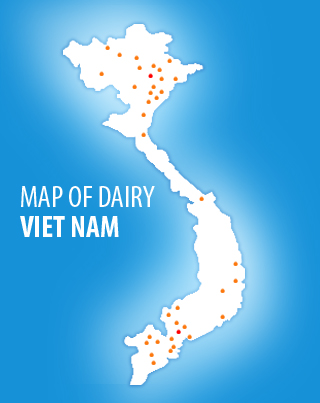Health and Welfare
Negative Energy Balance and Activity

As the herd responds to the problem and reduced performance becomes evident to the manager, it is important to remember that the reduced level of performance is a symptom of the problem, not the problem itself. The urgency in identifying the source of the problem is paramount to reducing its negative economic impact on performance.
One such problem is low energy content in the ration which can be caused by many different issues (incorrect Dry Matter, mixing issues, heat stress, or toxin load to name a few).
Using an electronic animal monitoring system to visually examine the activity patterns expressed by cows in heat is a relatively easy way to approximate the sufficiency of energy levels in the ration. The logic is simple: a cow with insufficient supply of energy would display a reduced level of estrus-related activity.
The typical pattern of activity displayed by a healthy cycling cow has a duration of 20+ hours and exhibits a minimum of eight hours of greatly increased periods of activity.
Activity graph of healthy cow in estrus. Red bars represent deviation of activity pattern from the cow’s average activity level in two-hour time cells. Note that this cow has six two-hour periods that her activity level, within the cycle, exceeded the threshold (the shaded area).
With negative energy balance affecting her, the duration of the cycle will still be at 20+ hours, but the duration of highly increased activity levels within the cycle would drop significantly.
Activity graph of cow suffering from low energy balance. Note that only four hours (two red bars) of very high activity have been displayed by the cow.
Having 25% or more of cows showing weak heats is a clue that low energy rations are a possible source of reduced performance. Once the ration is adjusted, heats should be stronger throughout the herd.















